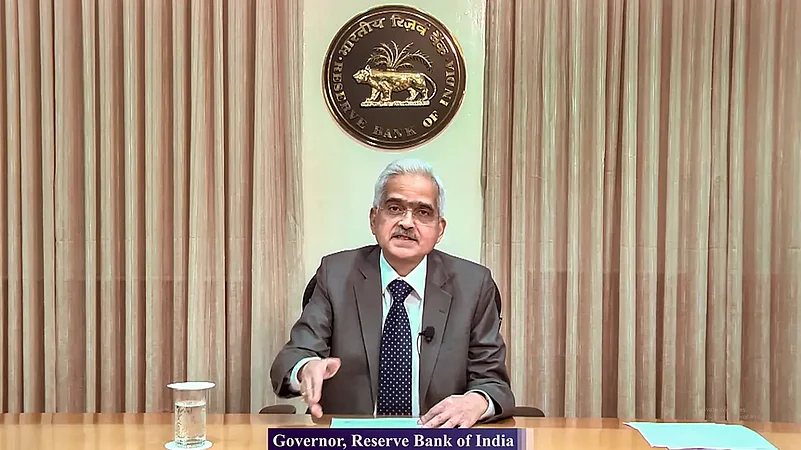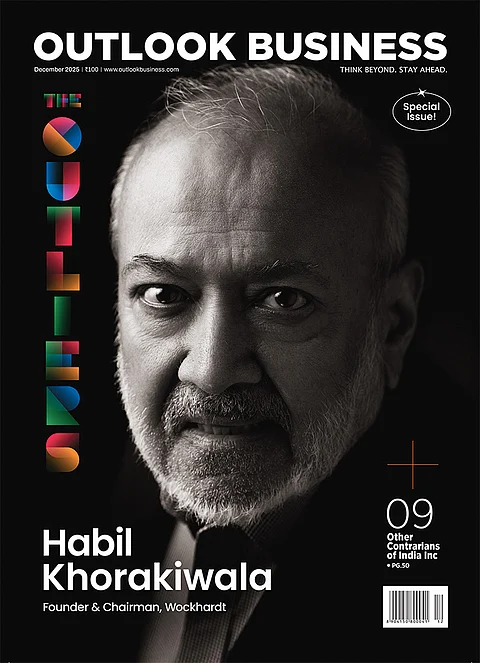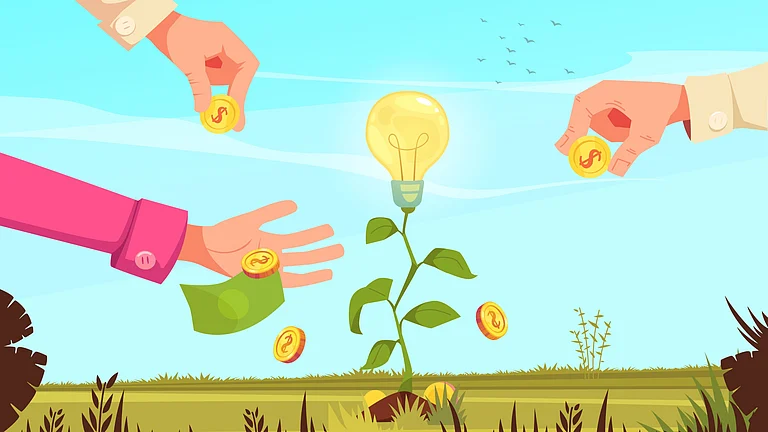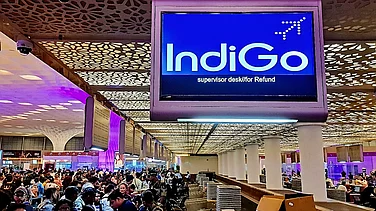Have you been facing problems because of lower limits in e-mandates for recurring payments or making cashless payments in the northeast region and Tier-III to Tier-VI cities? The Reserve Bank of India (RBI) has moved to solve these problems.
From expanding e-mandates for recurring payments to linking the Unified Payments Interface (UPI) to Rupay credit cards, RBI Governor Shaktikanta Das made a slew of announcements to ease payments at various levels, after the monetary policy committee (MPC) meeting concluded on Wednesday.
Here are three payment and settlement related changes announced by RBI:
e-Mandates On Cards for Recurring Payments
Although some international websites and apps were facing difficulties processing Indian e-mandates, the RBI has been working round the clock to make the e-mandate system more inclusive for facilitating higher value transactions. Hence, the current limit of Rs 5,000 is being increased to Rs 15,000 for automatic recurring payment via the e-mandate mode. The RBI said this will help consumers make insurance premiums, education fees, and others payments more conveniently using the e-mandate route.
"The enhancement of limit for recurring payments to 15,000 per recurring payment is a positive change with significant impact for banking financial services and insurance sector (BFSI), fintech and insurtech players. A very large share of insurance premia, loan EMIs, utility bill payments, others can be easily covered within these limits. Given the number of existing recurring payment mandates, its easy to see how the ecosystem has progressed from the initial teething issues," said Amit Das, CEO and co-founder of Think360.ai, a full stack data science company.
The RBI also said that till date over 6.25 crore e-mandates have been registered, and over 3,400 international merchants have adopted this framework. But despite this, some international merchants could not process Indian payments yet.
"The Reserve Bank of India’s consistent efforts to strengthen the digital payments ecosystem and bolster consumer adoption are indeed commendable," said Nikhil Sahni, country corporate officer, India and division president, South Asia, Mastercard, a payment processing company.
UPI Payment Via Credit Card
Das highlighted that UPI has become an inclusive mode of payment in India, and more than 50 million merchants are live on the platform. “The progress of UPI in recent years has been unparalleled. Many other countries are engaged with us in adopting similar methods in their countries,” Das said at the MPC meeting.
"The addition of Rupay credit cards adds a credit line facility to UPI. Having a choice of payment, benefits both the merchant and the customer, as now the UPI payment can be done using a Rupay credit card without the merchant having a card-enabled POS terminal. The user needs to scan the QR code and can now choose Rupay credit card as the payment mode. While software changes will be required at the front end and back end, we are optimistic that this support will be available to the general public very soon," said Pranay Jhaveri, MD, India and South Asia, Euronet Worldwide, a payment service provider company.
In the month of May 2022 alone, UPI was responsible for processing transactions worth Rs 10.4 lakh crore in 594.63 crore transactions. Hence, the current UPI system which works by linking savings or current account with debit cards is being proposed to change to now include credit cards too with Rupay credit cards being the first to be considered. That said, this process will require some developments at the systems level, the RBI said in a statement.
“The interoperability of PPIs has also facilitated access of PPIs to the UPI payment system for undertaking transactions. In order to further deepen the reach and usage, it is proposed to allow linking of credit cards to UPI. To start with, Rupay credit cards will be enabled with this facility. This arrangement is expected to provide more avenues and convenience to the customers in making payments through UPI platform,” the statement read.
"With linking of credit cards to UPI, this would add on to the convenience for consumers, who would not need to use their physical card. Although this would be started for Rupay credit cards, we hope this is extended to other card schemes soon enough so that a large part of consumers are included. This would also add onto safety with card data securely in hands of the users now and make the QR Code ubiquitous for debit card or account as well as credit card-based payments in times to come," says Dewang Neralla, CEO, NTT DATA Payment Services India.
Payments Infrastructure Development Fund Scheme
The RBI further mentioned that people in Tier-III to Tier-VI cities and in the northeast states were facing difficulties in making paperless transactions due to lack of availability of technology. Hence, the Payments Infrastructure Development Fund Scheme was devised in January 2021 and it provided incentives to fintechs and companies to deploy payment solutions, like point of sale machines, mobile point of sale machines, QR code solutions and others in those areas. The scheme had a target of 90 lakh payment solutions deployment, and as of April 2022, the scheme saw deployment of 1.18 crore touch points.
“The introduction of RBI’s PIDF Scheme has provided a big boost to financial advancement in India’s semi-urban and rural economy, especially at a time when this segment needed immediate support to jump back into the economy. Testimony to this lies in the RBI announcement today, which states the establishment of 1.18 crore POS, overachieving the target of 90 lakh, in less than one and a half years. We welcome the announcement made today to enhance subsidies and simplifying the subsidy claim process. We believe this will further encourage nanopreneurs across the country to adopt this model, with renewed commitment," said Dilip Modi, founder, Spice Money, a rural India fintech in a statement.
Hence, to make the scheme more successful and user-friendly, the subsidy amount will be increased, and along with it, the subsidy claiming process will also be simplified. Further details regarding the same will be mentioned separately in another circular, the RBI said.























.png?w=200&auto=format%2Ccompress&fit=max)






